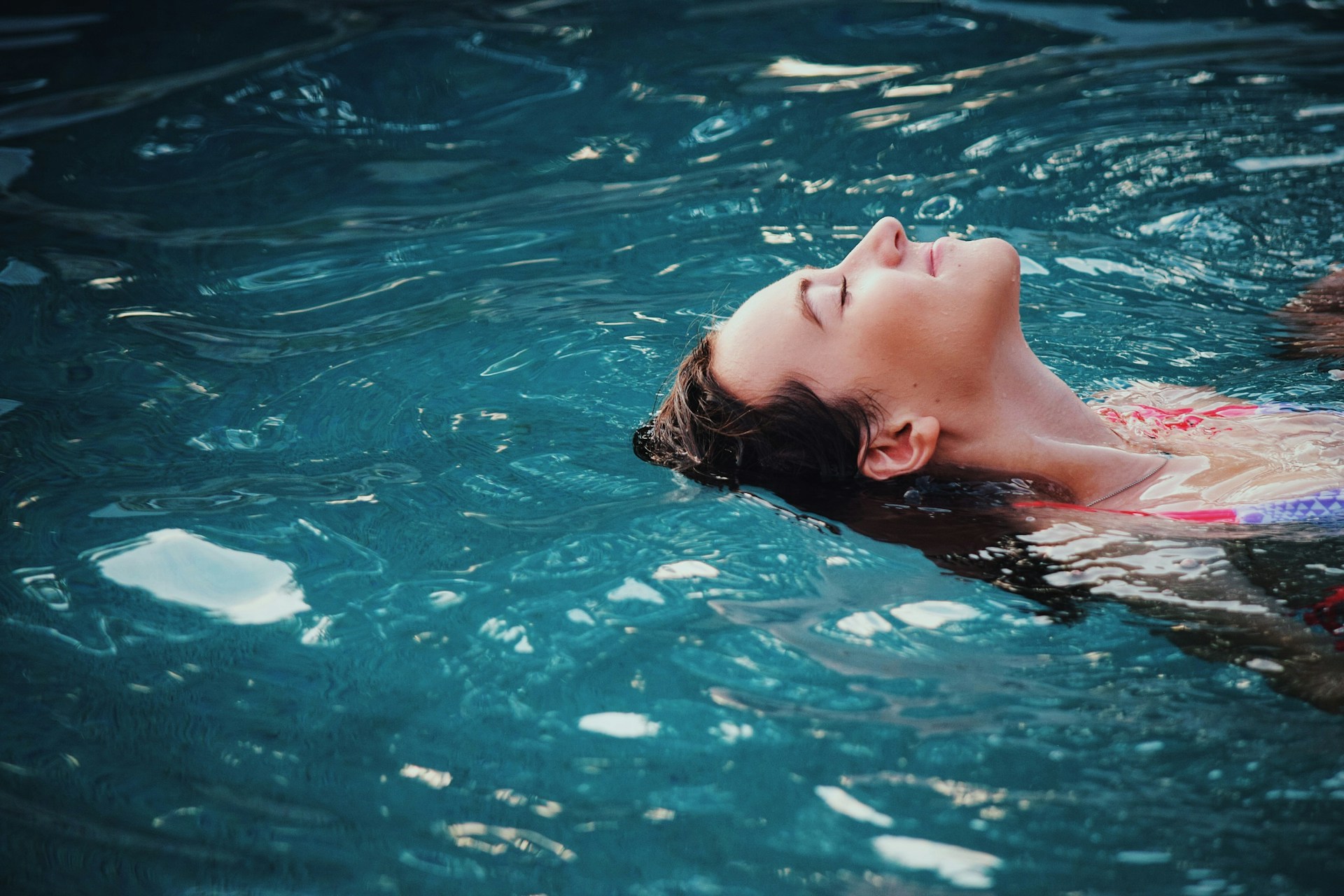Having a swimming pool at home is a great way to relax, entertain and stay fit. However, a pool also necessitates regular maintenance to ensure it remains a safe and healthy environment. One crucial part of maintenance is testing the water quality. In this article, we will discuss the importance of testing your swimming pool’s water and the factors that determine how often you should do this.
Why is testing your pool water necessary?
Understanding the significance of pool water testing is the first step in your journey to optimal pool maintenance. You might ask, why is it really important? The pool water appears crystal clear, so it must be clean, right? Well, appearances can be deceiving. Clear water doesn’t necessarily mean that your pool is free from harmful substances and chemicals.
Dans le meme genre : How can you create a natural swimming pool in your UK home?
When you use your swimming pool, impurities such as sweat, sunscreen, urine, and other contaminants will get into the water. Additionally, environmental factors, like pollen, dust, and rain, can also introduce impurities. These substances can upset the chemical balance of the water, making it unsafe for swimming.
Testing your water regularly allows you to monitor its chemical balance, including elements like chlorine, alkalinity, and pH levels. Regular testing also helps to detect the presence of harmful bacteria, such as Legionella, which can cause serious illnesses if they are not promptly dealt with. By maintaining the proper balance of chemicals, you can ensure a safe and enjoyable swimming environment for your family.
Avez-vous vu cela : What is the impact of pool size on maintenance costs in the UK?
How often should you test your pool water?
So, how frequently should you be testing your swimming pool’s water? The general rule of thumb is to test your pool water at least once a week. However, the frequency can vary depending on several factors.
During the summer months, when your pool is in peak use, you should consider testing the water two to three times a week. This is because higher temperatures and more frequent use can quickly alter the water’s chemical balance.
On the other hand, during the colder months when your pool is not in use, testing once a month should suffice. It’s essential to remember that even during periods of inactivity, imbalances can still occur due to changes in weather conditions.
Also, after a heavy rainstorm or a large pool party, it’s wise to check your pool. Such events can significantly affect your pool’s water chemistry and potentially introduce harmful bacteria.
How to test your pool water?
There are various methods available for testing your pool water. The most common methods include using test strips, digital testers, or liquid test kits.
Test strips are an easy and affordable way to test your pool water. These strips are coated with chemicals that react with the water to indicate the levels of different substances. You simply dip a strip into a water sample from your pool, wait for a few seconds, and then compare the colour changes on the strip with the provided chart to determine the levels of various chemicals.
Digital testers, on the other hand, offer a more precise and convenient option. You dip the tester into the water, and it will give you a digital reading of the levels of chemicals in the pool.
Liquid test kits are the most accurate method of testing but they require more work. They involve adding a few drops of reagent to a water sample and then comparing the resulting colour change to a colour chart.
Regardless of the method you choose, be sure to test different areas of the pool to get a comprehensive understanding of your pool’s water quality.
What to do after testing your pool water?
Once you’ve tested your pool water, you’ll need to interpret the results and take action if necessary. If your test reveals imbalances in the water’s pH, chlorine, or alkalinity levels, you will need to adjust these chemicals accordingly.
Typically, pool water should have a pH level between 7.2 and 7.8. If the pH is too high, the water can become cloudy and the chlorine becomes less effective. If it’s too low, the water can corrode metal equipment and cause skin and eye irritation.
Chlorine levels should be kept between 1.0 and 3.0 parts per million (ppm) in swimming pools and between 3.0 and 5.0 ppm in spas and hot tubs. Low chlorine levels can allow harmful bacteria like Legionella to multiply, while high levels can cause skin and eye irritation.
Alkalinity levels should be kept between 80 and 120 ppm. If alkalinity is too low, pH levels can fluctuate widely, while high alkalinity can cause the water to turn cloudy and the pH level to rise.
Treatment of your pool water will largely depend on your test results. If the chemical levels are off, you’ll need to apply the necessary pool chemicals to restore balance. Always remember to follow the manufacturer’s instructions when adding chemicals to your pool water. If your test reveals the presence of harmful bacteria, professional treatment may be necessary.
Testing and treating your pool water may seem complicated at first, but with regular practice and maintenance, you can easily manage your pool’s water quality and ensure a safe and healthy swimming environment for everyone to enjoy.
The importance of maintaining the right water balance
Maintaining the correct balance of your pool water is imperative in ensuring a safe and enjoyable swimming experience. If your water testing reveals any imbalances in the pH, chlorine, or alkalinity levels, it is crucial that you take immediate steps to correct these.
The pH level in your swimming pool should ideally be between 7.2 and 7.8. A high pH level can lead to cloudiness in the water and makes the chlorine less effective in disinfecting your pool. Conversely, a low pH level can lead to corrosion of metal equipment and can cause skin and eye irritation for swimmers.
The chlorine levels in your pool should be kept between 1.0 and 3.0 parts per million (ppm) for swimming pools and between 3.0 and 5.0 ppm for spas and hot tubs. Insufficient chlorine levels can result in the proliferation of harmful bacteria, like Legionella, whereas excessive levels can cause skin and eye irritation.
Keeping your pool’s total alkalinity levels between 80 and 120 ppm is also important. Low alkalinity can lead to unstable pH levels, while high alkalinity can cause your water to turn cloudy and the pH level to rise.
If your water treatment efforts reveal that the chemical levels are not within the recommended range, it’s necessary to use the appropriate pool chemicals to restore the balance. When using these chemicals, always adhere to the manufacturer’s instructions.
Concluding thoughts on pool water testing in the UK
In conclusion, testing the quality of your pool water is a vital part of maintaining a safe and healthy swimming environment. It’s recommended to test your pool water at least once a week, but the frequency can increase during summer months or after events like a heavy rainstorm or large pool party.
A range of testing methods, such as test strips, digital testers and liquid test kits, are available for you to choose from. Whichever method you choose, remember that it’s essential to test different areas of your pool to get a comprehensive overview of your water quality.
Once you’ve tested your swimming pool’s water, it’s important to interpret the results and take corrective action if needed. If your test reveals any imbalances in the pH, chlorine, or alkalinity levels, you’ll need to adjust these with the suitable pool chemicals. If harmful bacteria are detected, professional treatment may be necessary.
Whilst water testing and treatment might seem overwhelming initially, with regular practice and maintenance, you can effortlessly manage your pool’s water quality. This will ensure that your swimming pool remains a safe and appealing place for you, your family and friends to enjoy. Remember, maintaining your pool isn’t just about keeping it looking good – it’s about ensuring it’s safe and healthy too.
















